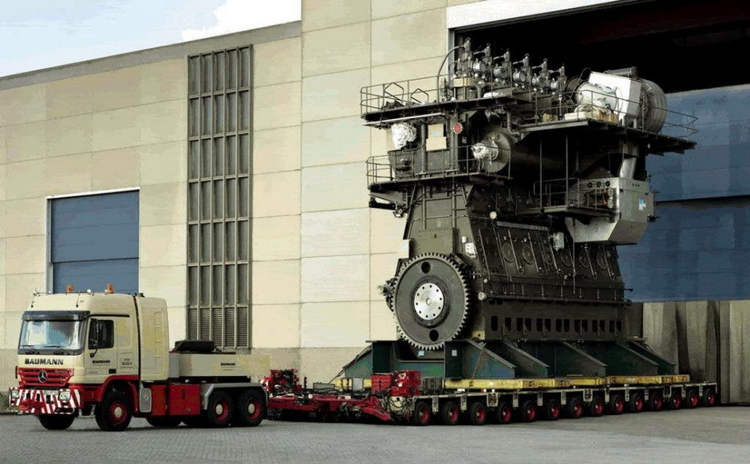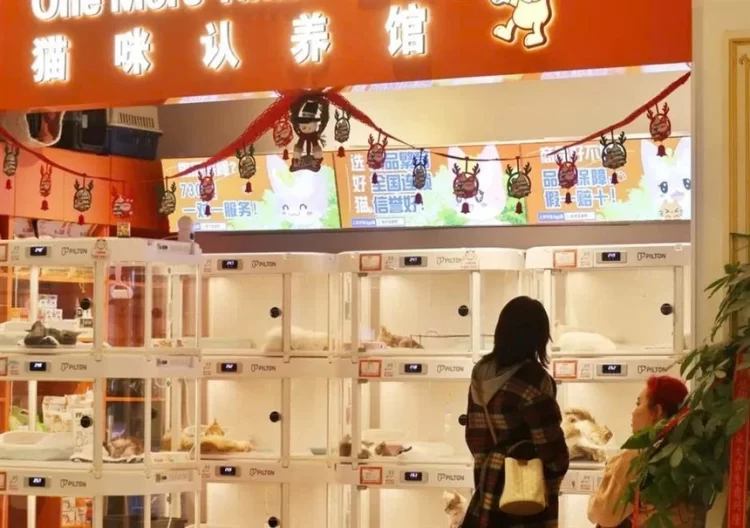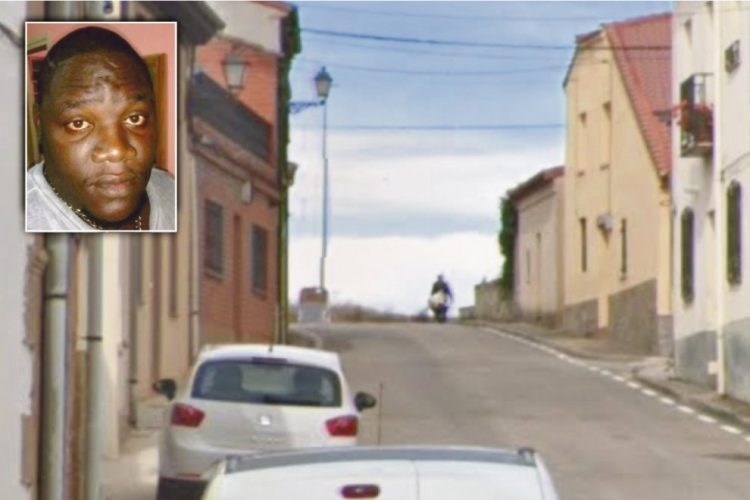Graveyards in Manila can be a strange sight for first-time visitors. Some of them hold a strong resemblance to mini-townships, with no sign of the eerie quietness that usually shrouds such spaces. Mausoleums house shops that sell canned sardines, noodle packs, candy, candles and other essential items. Even prepaid cards for mobile phones are available. Meals and drinks are sold at informal restaurants set up between graves. The walls are scaled with makeshift ladders, helping inhabitants to get in and out with ease. Wondering why in the world would the dead need such conveniences? Well, they’re not for the dead, but for the living. Several thousand homeless people in Manila have made graveyards their permanent homes. The biggest graveyard of the Filipino capital, North Cemetery, is now like a small village in itself with a population of 10,000.
I’m not sure about for long this has been going on, but it must be a pretty long time considering that some inhabitants have actually inherited mausoleums from their great-grandparents, and ended up living there accidentally. But a majority of the graveyard population consists of those who come from the provinces of Philippines to the big city and are unable to make ends meet. Apart from running shops and eateries, the people here make a living by working with the graves. At funerals, teenagers carry coffins for 50 pesos (about 50 cents), adult men are employed to repair and maintain tombs, while women take care of cleaning mausoleums. Children collect plastic, scrap metal and other garbage, which are eventually sold.

Read More »



















